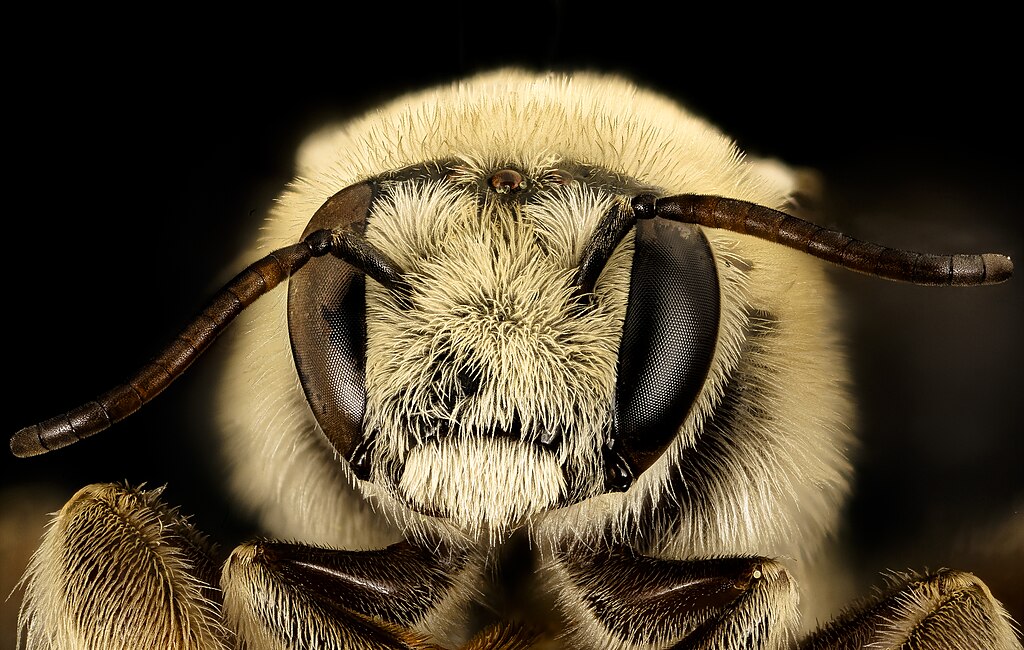In the arid landscapes of Arizona, where prickly pears and saguaros dominate the horizon, a remarkable insect has evolved to thrive in this challenging environment. The cactus bee, a solitary native pollinator, has developed a specialized relationship with desert cacti that exemplifies nature’s ingenuity. Unlike their honey-producing cousins, these bees lead largely independent lives, emerging precisely when cactus flowers bloom to collect their pollen. Their remarkable adaptations and crucial ecological role make them fascinating subjects of study, yet they remain relatively unknown to most people. As climate change and habitat loss increasingly threaten desert ecosystems, understanding these specialized pollinators becomes ever more important for conservation efforts and maintaining the delicate balance of Arizona’s iconic desert landscape.
The Taxonomy and Classification of Cactus Bees
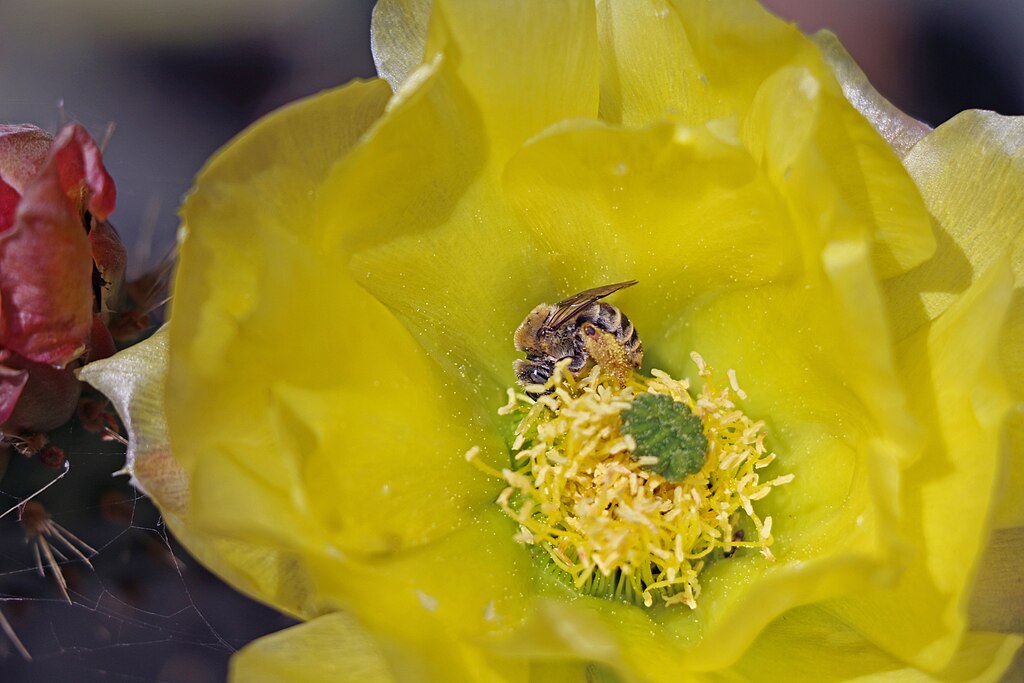
Cactus bees belong to the genus Diadasia in the family Apidae, the same family that includes honey bees, bumble bees, and carpenter bees. There are approximately 42 species of Diadasia in North America, with several species found throughout Arizona’s diverse desert regions. The most common cactus bee species in Arizona include Diadasia rinconis, which specializes in prickly pear cactus, and Diadasia opuntiae, another important pollinator of Opuntia cacti. Unlike honey bees, which were imported from Europe, cactus bees are native to North America and have evolved alongside desert plants for millions of years. Their classification reflects their specialized ecological niche, with most species demonstrating strong preferences for specific plant families—an evolutionary relationship that has shaped both the bees and the plants they pollinate.
Physical Characteristics and Identification
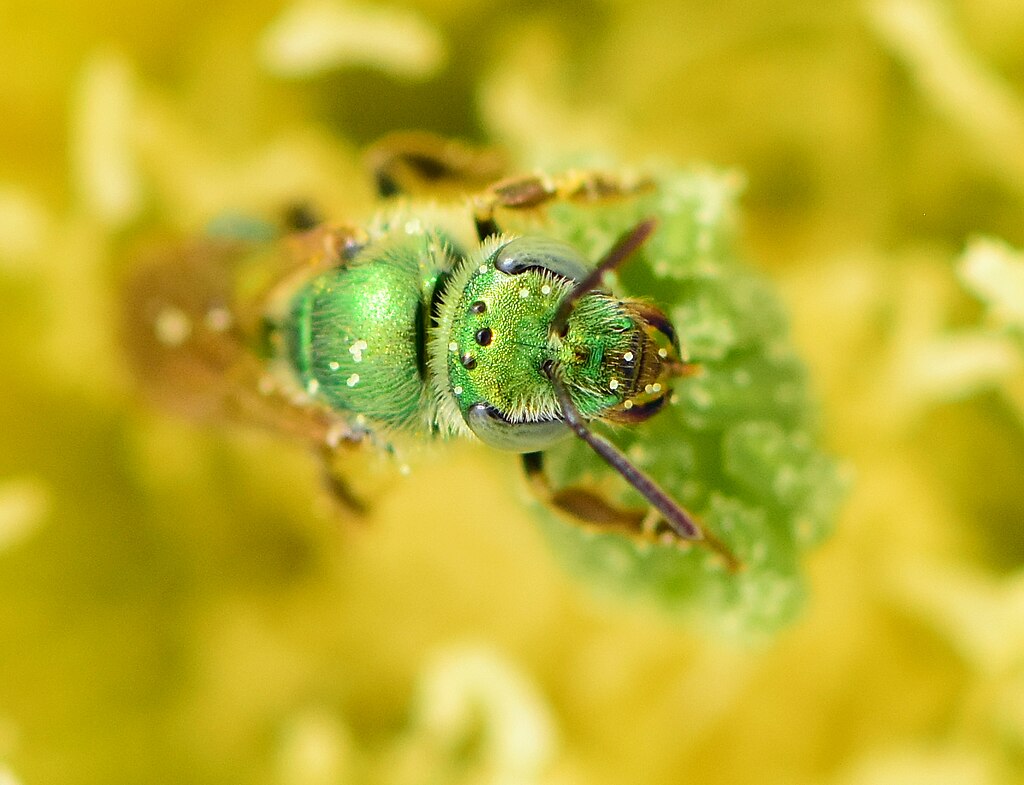
Cactus bees are medium-sized insects, typically measuring between 10-15mm in length, with robust, fuzzy bodies that distinguish them from many other bee species. Their bodies are covered in dense, pale hair that serves multiple purposes: helping them collect pollen, regulating body temperature in the harsh desert climate, and providing some protection from the spines of cacti they frequently visit. Most species display a combination of black and amber coloration, with females often having more pronounced hair bands on their abdomens. Unlike honey bees, cactus bees lack specialized pollen baskets on their hind legs, instead carrying pollen in dense patches of hair called scopa. Their wings are typically clear to slightly smoky, and they possess the characteristic two pairs of wings found in all hymenopterans. For accurate identification, observers should note the distinctive rapid flight pattern and tendency to hover near cactus flowers during blooming season.
Life Cycle and Reproductive Behavior
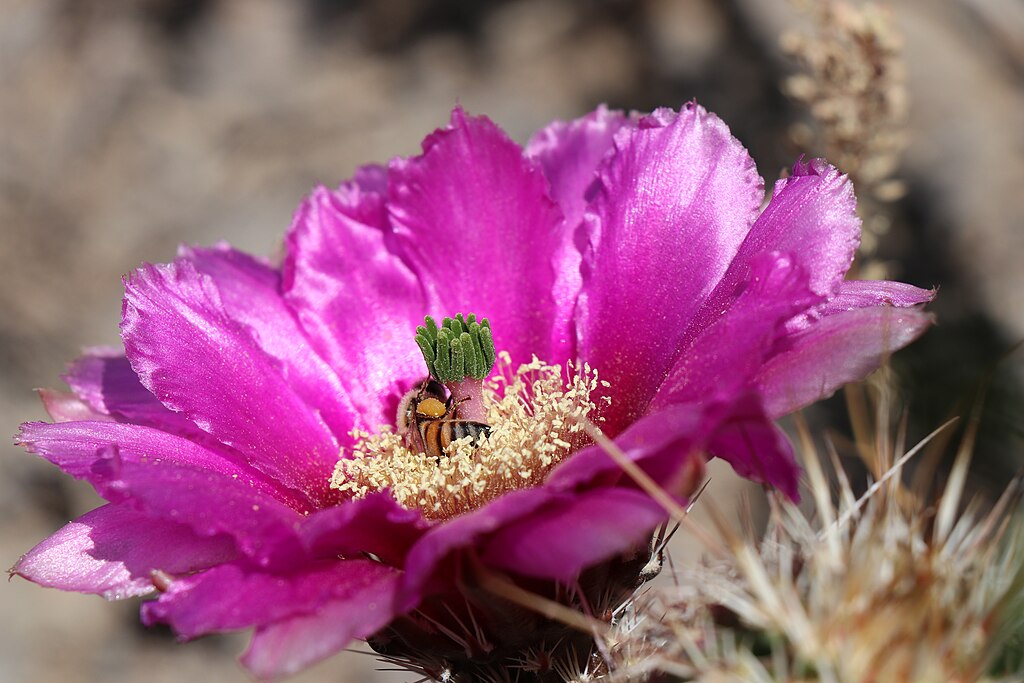
The life cycle of cactus bees is intricately synchronized with the blooming patterns of their host cacti, representing one of nature’s most precise timing mechanisms. Adult bees emerge from their underground nests just as cactus flowers begin to bloom, typically in late spring to early summer depending on the cactus species and local climate conditions. Males typically emerge first, patrolling nesting areas and waiting for females to appear. After mating, females begin the solitary work of constructing and provisioning nests, which consist of tunnel systems dug into sandy or loamy soil, often in bare or sparsely vegetated areas. Each female creates multiple brood cells, provisioning each with a ball of cactus pollen mixed with nectar before laying a single egg on top. The larva that hatches consumes this provision, develops through several instars, pupates, and then remains dormant as an adult in the cell until environmental cues trigger emergence the following year, completing the annual cycle.
Nesting Behavior and Habitat Preferences
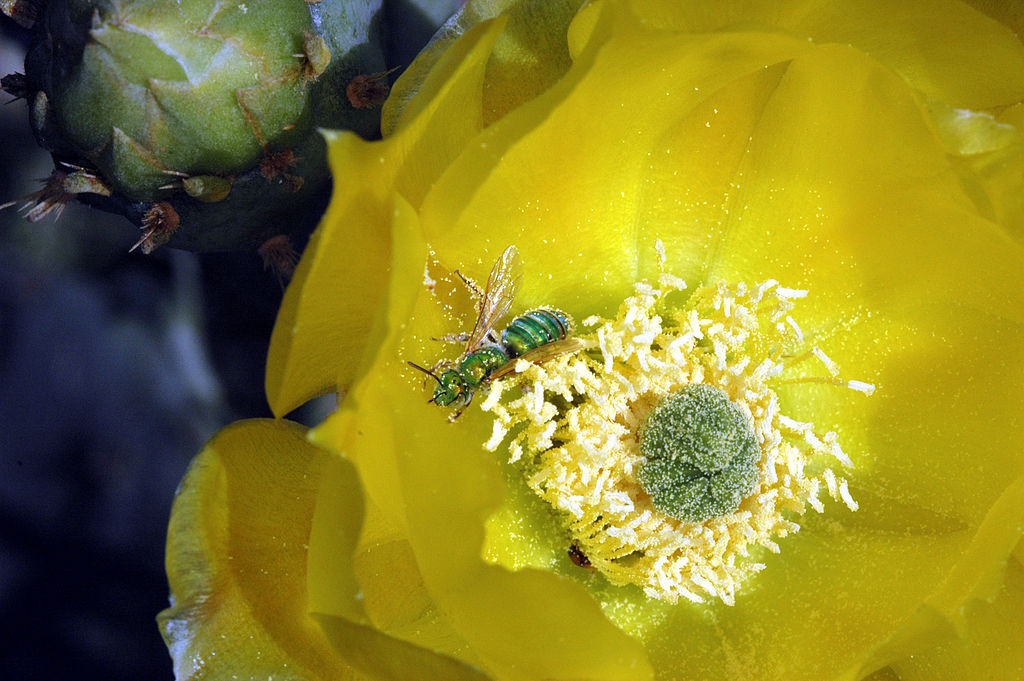
Cactus bees are solitary ground-nesters, creating their homes in well-drained, sandy soils typically found in desert environments. Despite being solitary, they often nest in aggregations where suitable soil conditions exist, sometimes creating “bee cities” with thousands of individual nests in close proximity. Each female constructs her own nest, consisting of a main tunnel that can extend 8-12 inches deep, with multiple lateral branches ending in brood cells. The entrance to each nest is marked by a distinctive small mound of excavated soil, resembling a miniature volcano in the desert landscape. Cactus bees show strong preferences for nesting in open, sunny areas within flying distance of their preferred cactus species, usually within a half-mile radius. These habitat requirements make them particularly vulnerable to land development and habitat fragmentation, as both their food sources and nesting grounds must be preserved to maintain healthy populations.
Specialized Relationship with Cacti
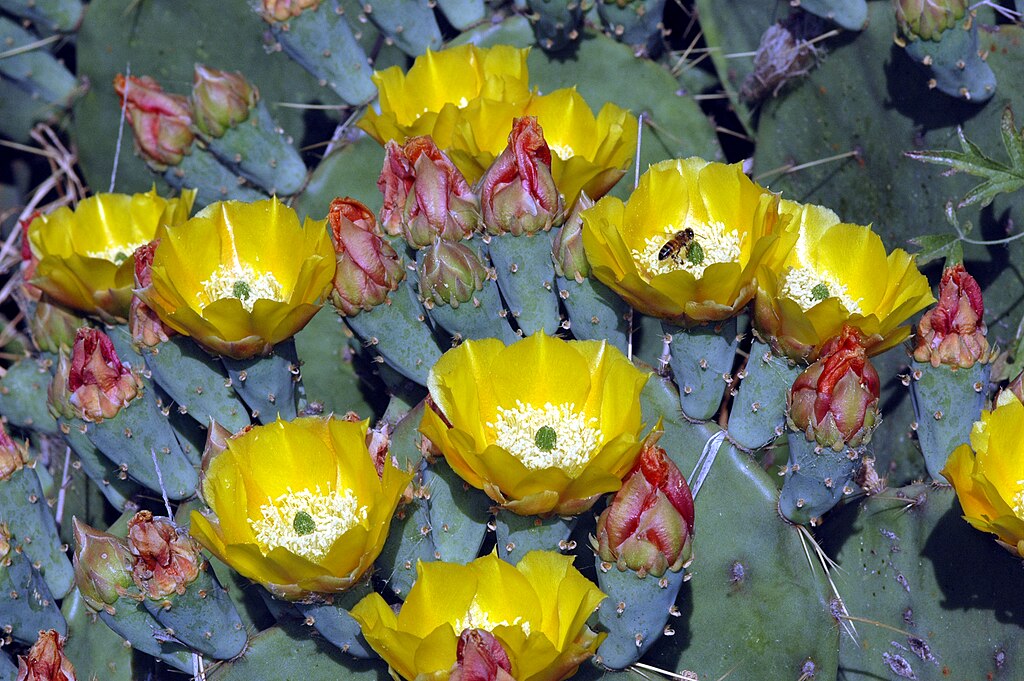
The relationship between cactus bees and their host plants represents one of the most specialized pollination syndromes in North American deserts. Many cactus bee species exhibit oligolecty, meaning they collect pollen almost exclusively from a single plant family or genus. Diadasia rinconis, for example, relies primarily on prickly pear cacti (Opuntia species), while other Diadasia species may specialize in different cactus genera. This specialization is evident in multiple adaptations, including the bees’ annual emergence timing that coincides precisely with cactus flowering periods, which may last only a few weeks each year. The bees’ bodies have evolved specialized hair structures that efficiently collect and transport the large, sticky pollen grains produced by cacti. In turn, cacti benefit from these dedicated pollinators, showing higher fruit set and seed production when visited by cactus bees compared to more generalist pollinators. This mutualistic relationship has evolved over millions of years, creating an interdependence that exemplifies the complex ecological networks of desert ecosystems.
Pollination Efficiency and Ecological Importance
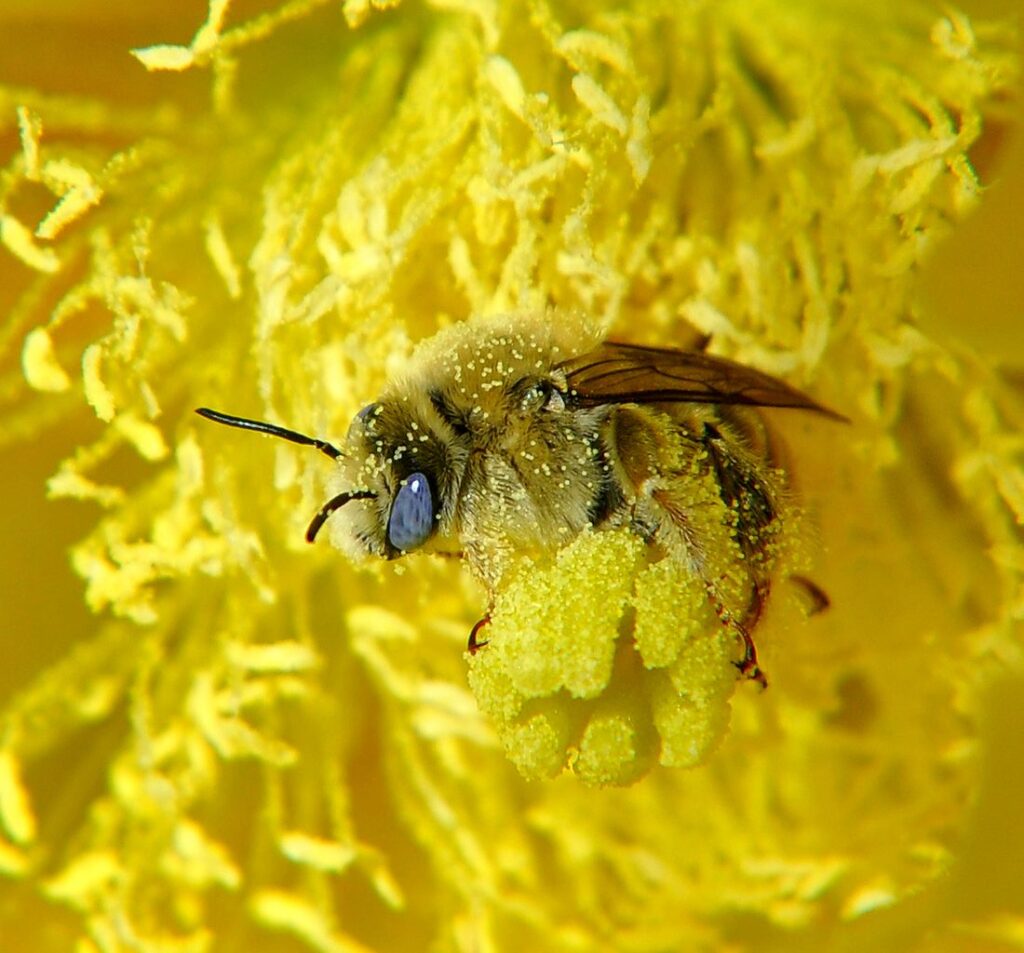
Cactus bees are among the most efficient pollinators of desert plants, particularly for the Cactaceae family, due to their specialized morphology and behavior. Their rapid movement between flowers and their tendency to visit multiple flowers on the same plant results in effective pollen transfer that outperforms many other pollinator species. Research has demonstrated that a single cactus bee can visit hundreds of flowers in a day, carrying substantial pollen loads between plants. This pollination activity is crucial for the reproduction of numerous cactus species, including the iconic saguaro (Carnegiea gigantea) and various prickly pear and cholla species that form the backbone of many desert ecosystems. Beyond cacti, these bees indirectly support the entire food web by enabling fruit production that feeds numerous birds, mammals, and insects. Additionally, their extensive nest tunnels aerate soil and create microhabitats for other organisms, further enhancing their ecological value in arid landscapes.
Cactus Bees vs. Honey Bees: Key Differences
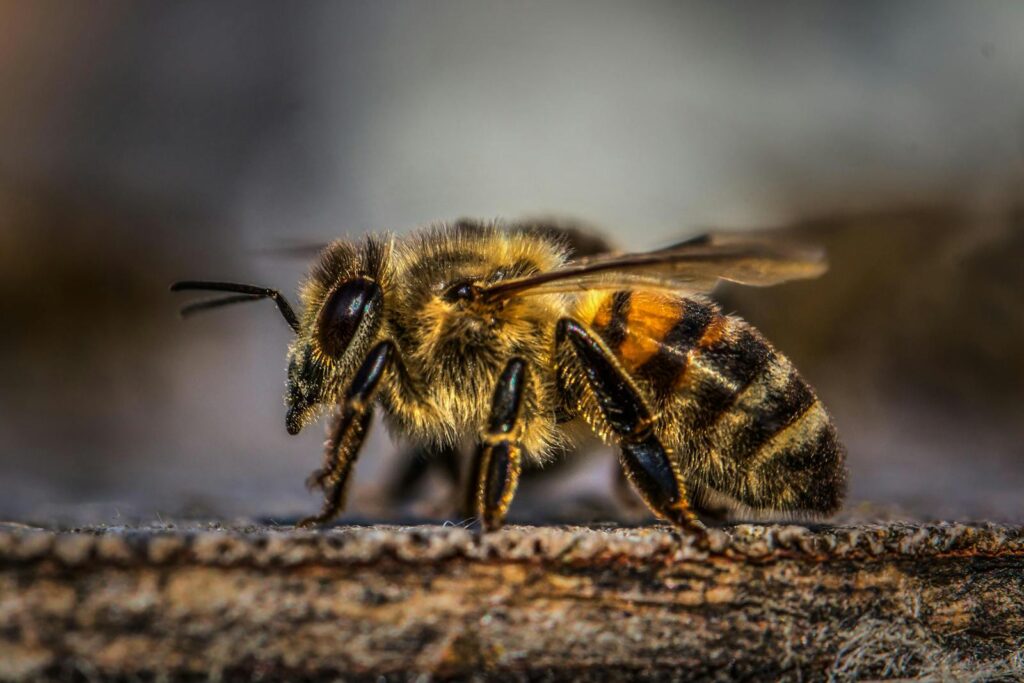
While both belong to the same family (Apidae), cactus bees differ dramatically from honey bees in their social structure, nesting habits, and ecological roles. Unlike honey bees, which live in large, perennial colonies with complex social hierarchies, cactus bees are solitary, with each female constructing and provisioning her own nest without cooperation from others. Honey bees are generalist foragers that visit thousands of plant species, while cactus bees are specialists that focus primarily on cacti. The introduced European honey bee nests in cavities above ground, building wax combs, whereas cactus bees excavate nests in soil, creating tunnels lined with waterproof secretions. Another significant difference lies in their life cycles: honey bee colonies persist year-round, while adult cactus bees are active for only a few weeks annually, spending most of their life cycle as developing larvae or pupae in their underground nests. Understanding these differences helps highlight the unique ecological niche that native specialist pollinators like cactus bees occupy in North American desert ecosystems.
Seasonal Patterns and Activity Cycles
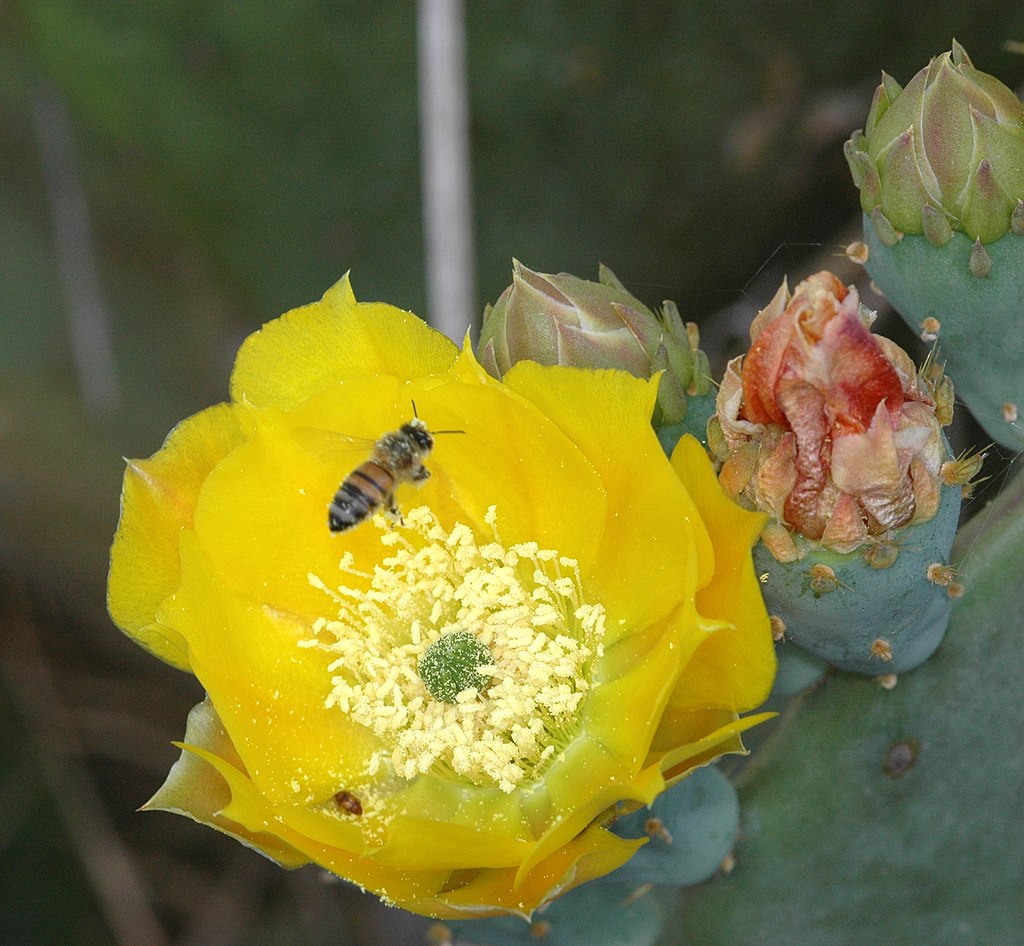
The seasonal activity of cactus bees represents one of the most precisely timed natural phenomena in the Sonoran Desert. These bees remain in their underground nests for approximately 11 months of the year, emerging for just a few weeks when their host cacti bloom. In Arizona, this emergence typically occurs between April and June, varying by location and elevation, with lower desert populations emerging earlier than those at higher elevations. Temperature, daylight hours, and possibly chemical cues from blooming cacti all contribute to triggering this synchronized emergence. During their active period, cactus bees follow a distinct daily rhythm, beginning activity shortly after sunrise when cactus flowers open and continuing until mid-afternoon when flowers begin to close. Males often spend nights clustered together on plants near nesting sites, while females return to their nests. This compressed activity period means that each bee must work efficiently during its brief adult life, visiting hundreds of flowers daily to collect enough pollen and nectar to provision their offspring for the following year.
Threats and Conservation Challenges
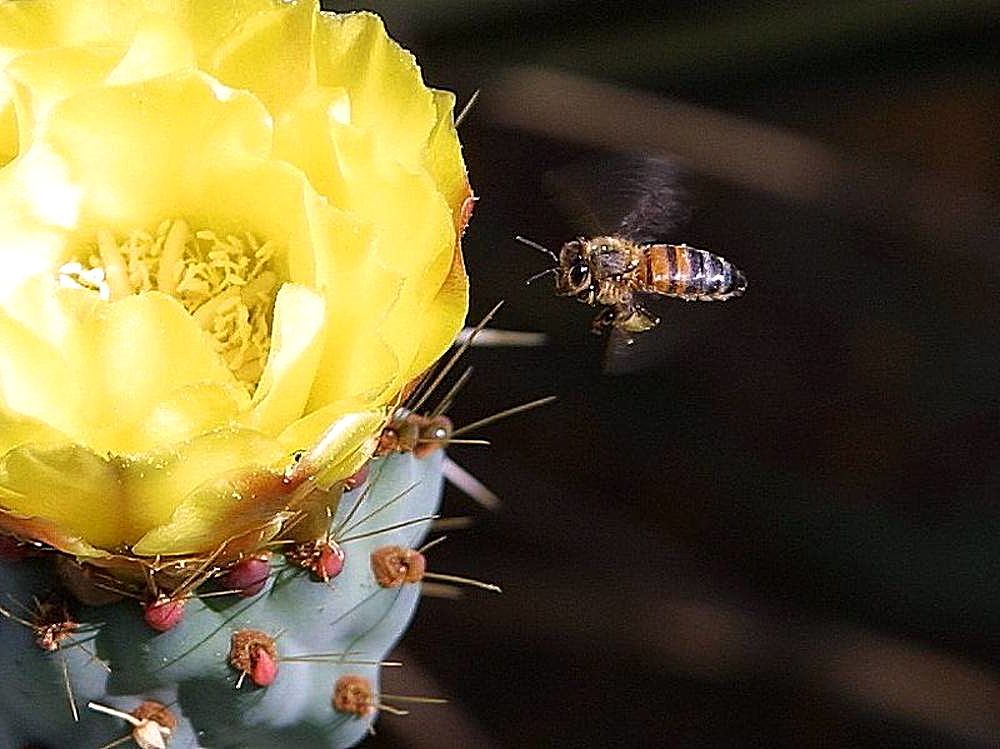
Cactus bees face numerous anthropogenic threats that have intensified in recent decades, putting pressure on these specialized pollinators. Habitat loss due to urban development and agricultural expansion throughout Arizona has eliminated countless nesting sites and reduced cactus populations, disrupting the tightly evolved relationship between these organisms. Pesticide use, particularly neonicotinoids and other systemic insecticides, can contaminate the pollen and nectar that female bees collect for their offspring, leading to sublethal effects or outright mortality. Climate change poses perhaps the most insidious threat, as it can disrupt the precise timing between bee emergence and cactus flowering, potentially creating phenological mismatches that leave bees without food sources or cacti without pollinators. Invasive species, including non-native grasses that increase wildfire frequency and European honey bees that compete for floral resources, further compound these challenges. Conservation efforts are complicated by limited public awareness about these inconspicuous native bees compared to their more familiar honey bee counterparts.
Research and Scientific Discoveries
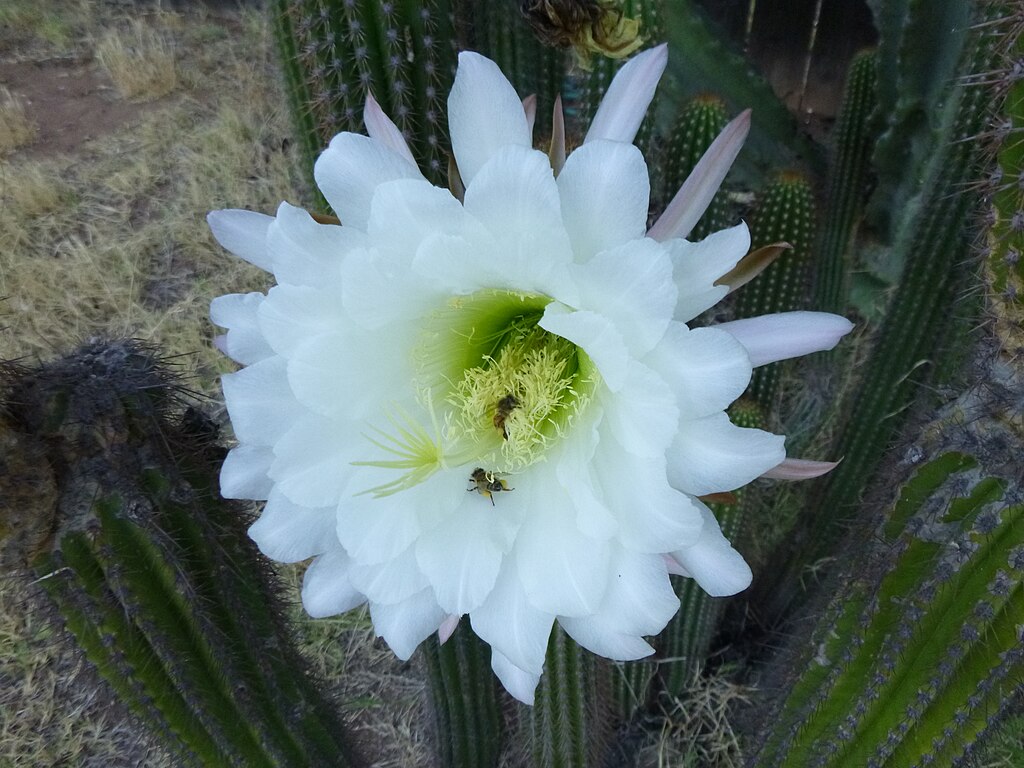
Scientific research on cactus bees has yielded fascinating insights into their biology and ecological relationships, though they remain less studied than many other bee groups. Groundbreaking work by researchers like Dr. Stephen Buchmann at the University of Arizona has illuminated the intricate relationships between these bees and their host plants, documenting their pollination efficiency and specialized adaptations. Recent genetic studies have revealed surprising diversity within the Diadasia genus, suggesting that what appears to be a single species may actually represent several cryptic species with subtle differences in host plant preferences or emergence timing. Physiological research has uncovered remarkable adaptations to desert life, including heat tolerance mechanisms that allow cactus bees to forage at temperatures that would kill many other insects. Ongoing studies using isotope analysis are tracking pollen movement patterns across landscapes, providing valuable data for conservation planning. Despite these advances, significant knowledge gaps remain regarding population trends, susceptibility to various stressors, and the potential for climate adaptation, highlighting the need for continued research on these important desert pollinators.
Cultural Significance and Indigenous Knowledge
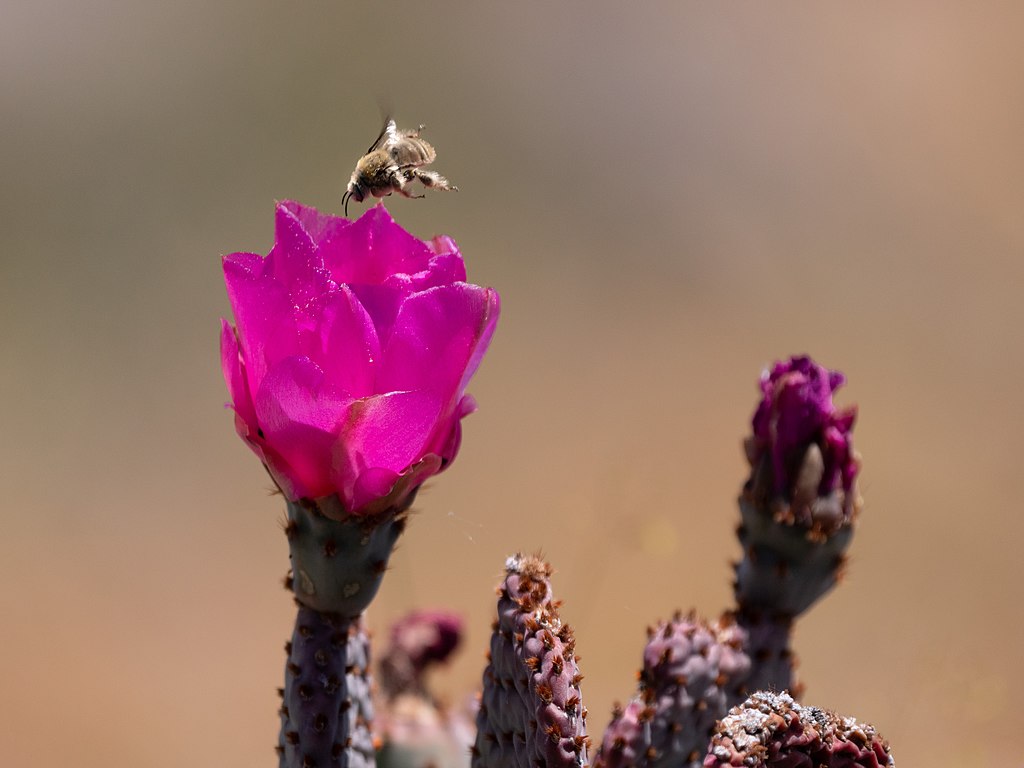
Indigenous peoples of the Sonoran Desert, including the Tohono O’odham and other tribes, have long recognized the ecological relationship between cactus bees and the desert plants central to their traditional foodways. The O’odham calendar includes recognition of pollinator emergence times as important seasonal markers, with traditional knowledge noting the connection between abundant bee activity and subsequent fruit harvests from saguaro and prickly pear cacti. Some tribes incorporated observations of these bees into their agricultural practices, using their emergence as timing indicators for planting certain crops. Historically, nesting aggregations of ground-dwelling bees were protected in certain tribal lands, reflecting an understanding of their importance long before Western science documented their role. Contemporary tribal-led conservation efforts often include habitat protection for native pollinators alongside culturally significant plants. This traditional ecological knowledge, passed down through generations, complements scientific research and offers valuable historical perspectives on baseline populations and habitat conditions before modern development altered the landscape.
Supporting Cactus Bee Populations
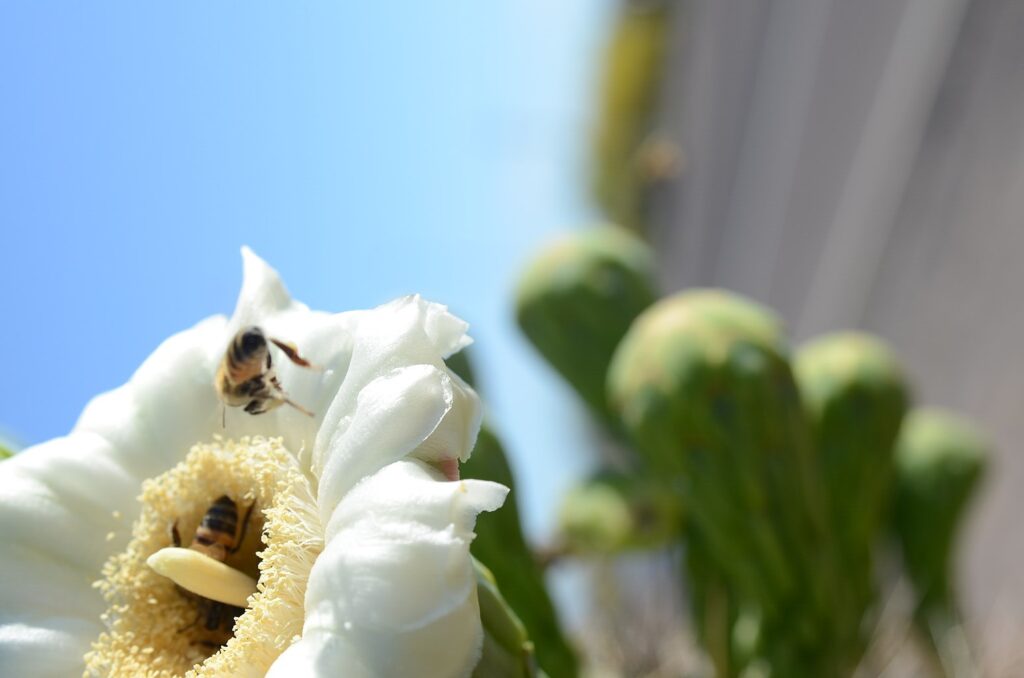
Homeowners, land managers, and conservation organizations can take concrete steps to support cactus bee populations throughout Arizona. Preserving and planting native cacti, particularly prickly pear, cholla, and saguaro species, provides essential food resources for these specialized pollinators. Maintaining areas of bare or sparsely vegetated ground with sandy or loamy soil creates potential nesting habitat, particularly in locations receiving morning sun. Reducing or eliminating pesticide use, especially during cactus blooming periods, helps protect foraging bees and prevents contamination of pollen provisions for developing larvae. Creating awareness through interpretive signage in parks and botanical gardens can help visitors recognize and appreciate these inconspicuous yet ecologically valuable insects. Citizen science initiatives, such as community monitoring programs that document cactus bee emergence timing and abundance, contribute valuable data while engaging the public in conservation efforts. For larger landscapes, conservation easements that protect both flowering cacti and suitable nesting areas represent one of the most effective approaches to maintaining viable cactus bee populations for future generations.
The Future of Cactus Bees in a Changing Arizona
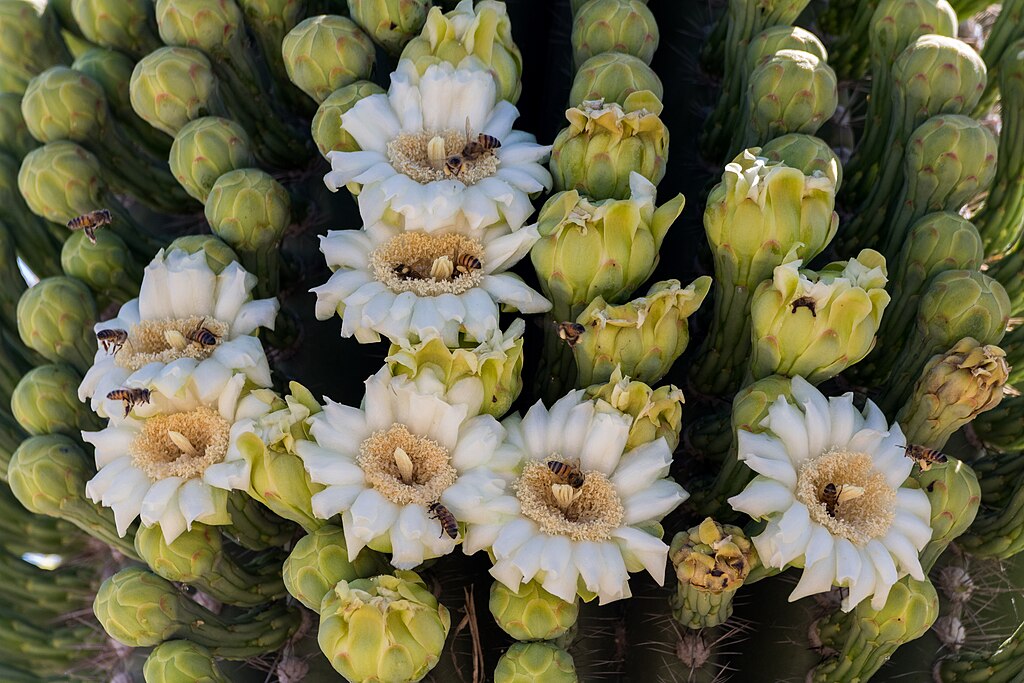
The future of cactus bees in Arizona will be shaped by multiple intersecting factors, including climate trends, development patterns, and conservation priorities. Climate models predict increasing temperatures and potentially more variable precipitation across the state, which could affect both cactus flowering phenology and bee emergence timing. Some research suggests that certain cactus species may shift their ranges northward or to higher elevations, potentially creating geographic mismatches with their bee pollinators that may have different dispersal capabilities. Urbanization continues to transform desert landscapes, though increasing recognition of native plants in landscaping may create new habitat patches within developed areas. Innovative conservation approaches, such as managed roadside habitats and pollinator corridors through urban areas, offer potential pathways for maintaining connectivity between populations. Technological advances in genomic analysis may enable more precise monitoring of population health and genetic diversity, helping to target conservation efforts more effectively. The degree to which humans recognize and value these specialized native pollinators will ultimately determine whether policy and land management decisions create a future in which cactus bees continue their ancient relationship with Arizona’s iconic desert plants.
Conclusion
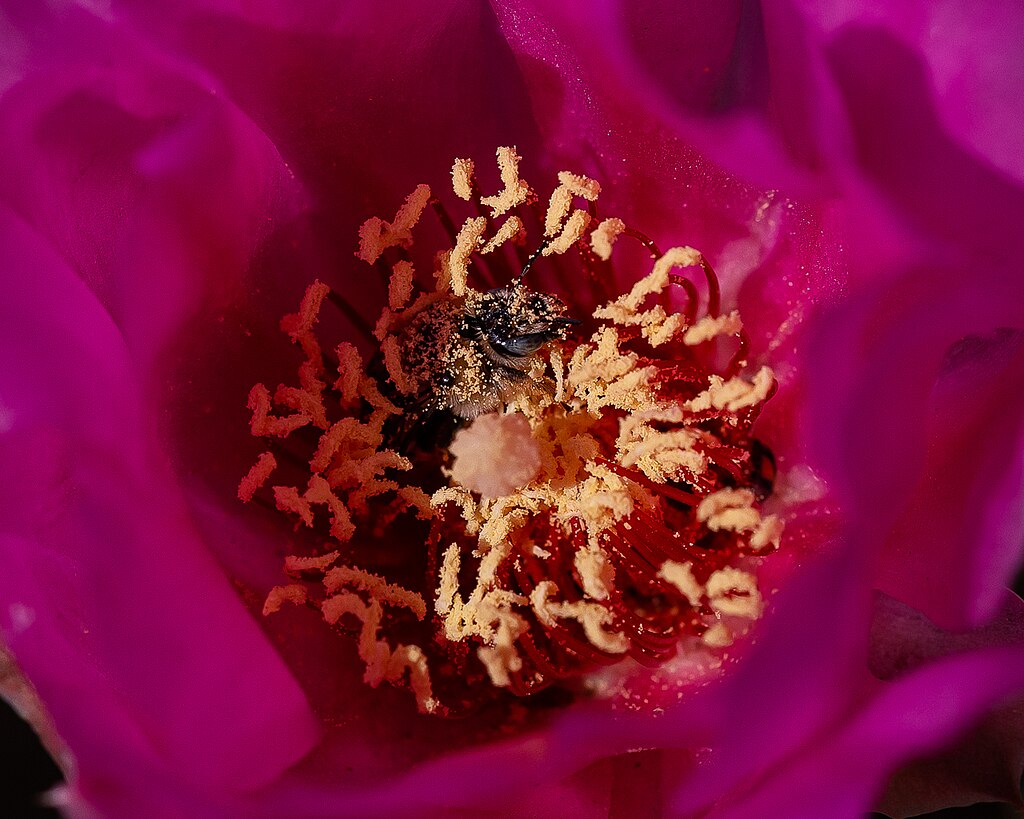
In the harsh yet intricate ecosystem of the Arizona desert, cactus bees represent a remarkable example of evolutionary specialization and ecological interdependence. Their precise synchronization with cactus blooming cycles, their specialized physical adaptations, and their crucial role in pollination highlight the complex relationships that sustain desert biodiversity. As climate change, habitat loss, and other human impacts continue to transform desert landscapes, the future of these specialized pollinators remains uncertain. Yet with increased awareness, targeted conservation efforts, and continued scientific research, there is hope for preserving the ancient partnership between cactus bees and the thorny plants they help perpetuate. By protecting these inconspicuous yet essential insects, we safeguard not just a single species, but the intricate ecological web that makes Arizona’s deserts among the most fascinating and resilient ecosystems on Earth.

